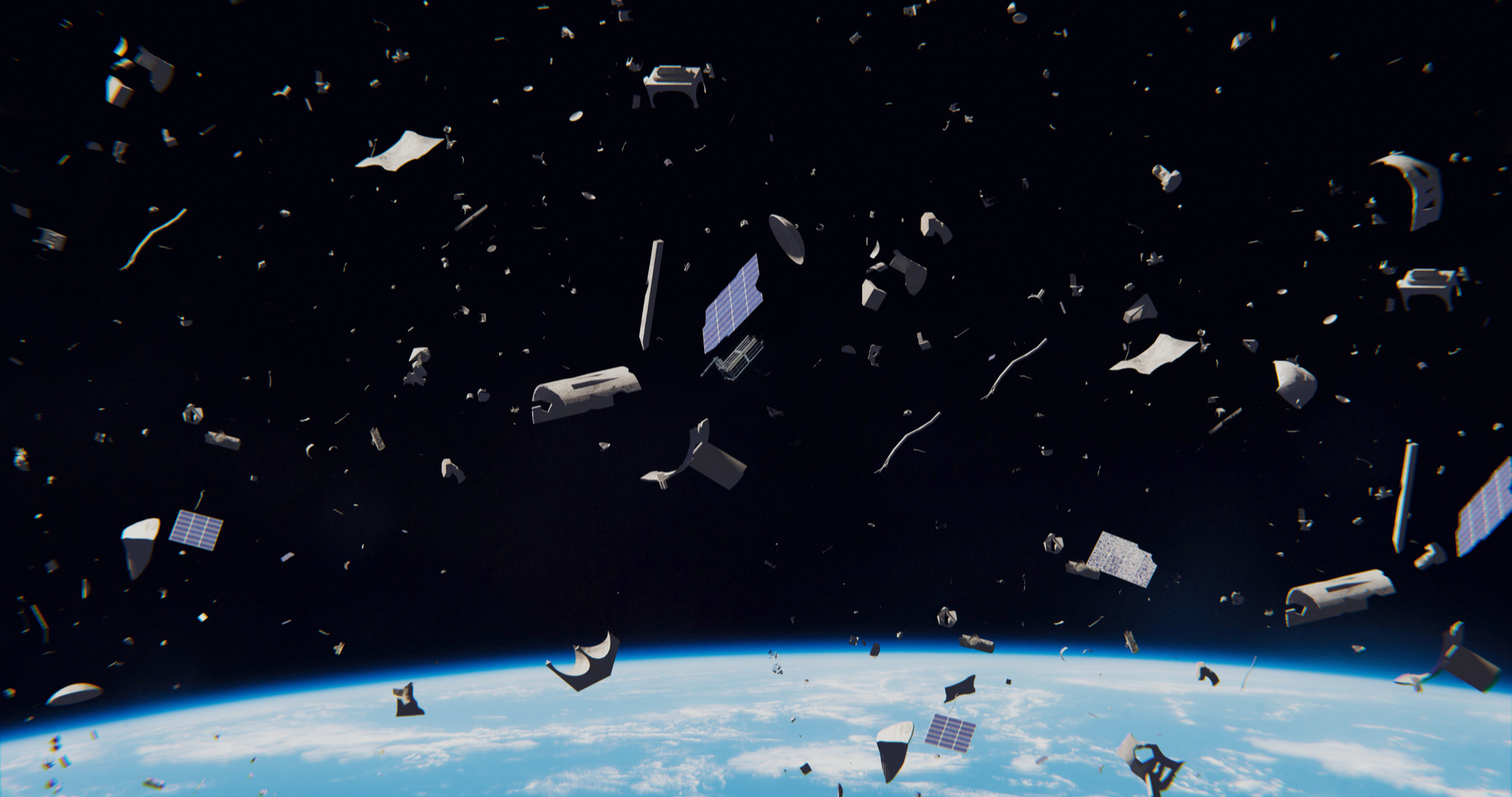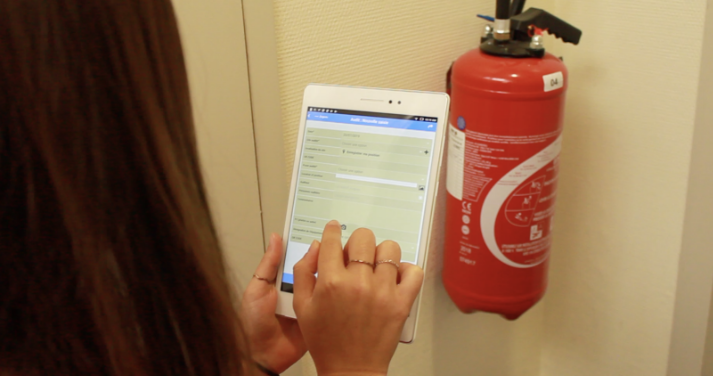Waste Management: Where to begin?

In order to address issues of cost and profitability primarily, but also in an eco-responsible approach, most companies have since long opted for a controlled and optimized waste management. Need to improve existing management? or rethink it? conceive it? Here is what to take into consideration.
Beyond the benefits they are seeking from it, companies also manage their waste to meet obligations or constraints that come from legislations (laws, prefectoral decrees ...) or certifications (ISO, CSPM - Contractor Safety Procedures Manual ...). They must juggle these constraints and requirements and the life of the company that affects the nature and quantity of their waste. A fluctuating volume of activity, the addition or removal of supplies, the addition, deletion or modification of the productions ...., therefore, are reasons for companies to remain vigilant and forward-looking when it comes to their waste management.
As a reminder, "Waste Management" generally represents any activity involved in organizing the management of waste from their production until their final processing. The main objective is to reduce waste and at the same time their effects on the environment (Article L 541-1-1 of the Environmental Code). Among the different types of waste, there are hazardous waste, non-hazardous waste, inert waste, waste from economic activities and biowaste (Article L 541-8 of the Environmental Code).
Fortunately, to help you navigate the world of waste, there is a waste classification allowing their classification according to their category ( Article R 541-8 of the Environmental Code).
Corporate Responsibility: What does it involve?
The company is responsible for the waste that they produce or keep until its recovery or final disposal (Article L 541-1-1 of the Environmental Code). However, this responsibility is shared between all the successive holders of the waste. In other words, when your service provider is required to transport your waste in order to eliminate or recover it, they are also responsible for this waste ("No, you are not the only one!").
Yes, I produce waste, but which ones?
First of all, the company must establish a non-exhaustive list of the waste it produces daily or episodically. In order to ensure this, there’s no silver bullet, it is better to designate references among each activity / service division of the company. They will be responsible for putting together the list of waste products knowing that their affiliation to a division or service must ensure a faithful and accurate inventory.
Once this list is completed, the company can try to group waste by main categories: clean or soiled, recyclable or not, paper, cardboard, wood, metal, plastic ... This task will serve as a basis to consider the best solutions with the providers who will be in charge of waste management, especially when drafting specifications.
Contractualize your waste management with a provider
What you need to know is that some waste is worth gold. But be careful: often they are worth gold only if they are properly accumulated and stored for recovery.
Your waste service providers are the most likely to inform you about this. Your goal, to buy up a maximum of waste to compensate for the rental of refuse collections that they will impose you as well as the costs of removal. The costs of treating soiled and / or non-recoverable waste should also be offset. For example, look for a systematically free availability of reusable waste containers.
Involving them when defining storage locations and conditions is therefore preferable. For example, they are best able to prevent possible problems of maneuvering, which could ultimately encourage them to charge you extra costs. Above all, they will be able to recommend the storage conditions to better preserve the quality of your waste for a potential future purchase and limit more broadly the additional costs. For example, the management of a non-recycled waterlogged waste will necessarily cost you more since the billing refers to the waste weight in the container.
The volume of the refuse collection vehicles and the frequency of disposal should also be reviewed with them according to the volumes which you estimate to produce at first, technical constraints ... Remain vigilant and make a review with them after a few months to adjust their services if necessary.
All these points must be addressed and taken into account for the conclusion of the contract of your waste management so as to minimize the cost that this represents. Also take the opportunity to check that the provider (s) chosen has/have all the regulatory authorizations needed.
It will be the responsibility of the company to carry out the markings on the ground, the traffic signs and the organization of intermediate collection points between the production sites and final storage sites of the waste.
Waste management: the mandatory documentation
The company is obligated to issue a Waste Tracking Document when producing hazardous waste. (Article R 541-45 of the Environmental Code).
These Waste Tracking Documents guarantee the traceability and proper disposal of wastes. They must be kept for a minimum of 5 years. In practice, your provider will provide it. Don’t forget to ask for it!
Furthermore, every company must have and keep a Waste Tracking Log up to date to keep for a minimum of 3 years. As part of the ISO 14001 certification audit, chances are you will be asked to show these documents.
Think prevention!
Raise awareness among your staff through displays, training, chats ... it will gradually change their daily habits, internally. The goal is to get their involvement and rigor in the collection and sorting of waste.
The better the wastes are collected and properly stored (plastics and compacted cartons, closed containers ...) and the better they are sorted, the more their value increases for the recoverable waste, and the lower their treatment costs for the others. It is therefore essential to make your employees aware of these issues and the benefits for the company, and to gain their support. For a newly installed management, consider relying on regular audits to see the changes and compare them to your processing costs, for example.
It is interesting to know that France's Agency for Environment and Energy Management offerstechnical support to companies to see if they are eligible for some aid (such as more advantageous loans from banks) and State Tax Exemptions.
This management, even optimized, can be an important source of “paper trail” (procedures, Waste Tracking Document, removal orders ...). Optimizing it even further by considering using a software solution could be an area of progress for companies. Why not consider a communication of procedures, Waste Tracking Documents and issued removal orders, all made digitally available?
In addition to saving on costs and profitability, the image that companies give to their customers also benefits from it. Indeed, optimized and well thought out waste management shows the company's commitment to the environment and sustainable development. By following all these tips, you will have all the keys in hand to become, if you wish, an "Eco-Friendly" company.
Go further:
Crédit Photo : Fotolia.com
Label(s) : Environment, Eco-Friendly, Waste Tracking Document, Waste Management
















3 Comments